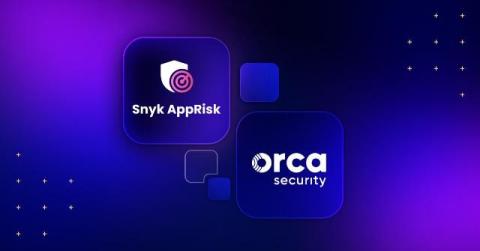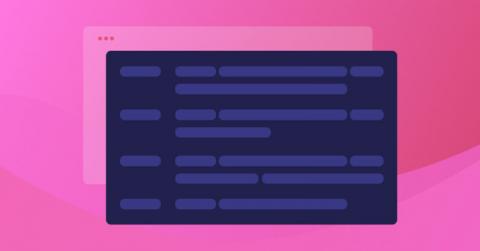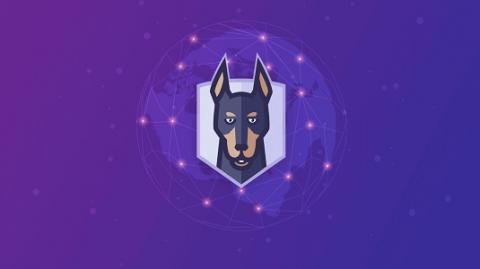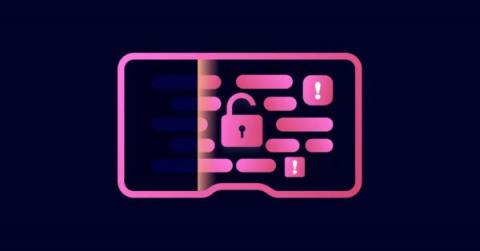Meet Snyk for Government: Our developer security solution with FedRAMP ATO
The Snyk team is excited to announce that our FedRAMP sponsor, the Center for Medicare and Medicaid (CMS), has granted authorization (ATO), enabling their teams to leverage our public sector offering, Snyk for Government (SFG). This stage signifies that we are almost at the finish line of the FedRAMP process and points to our continued investment and support of public sector organizations in their application security efforts.










